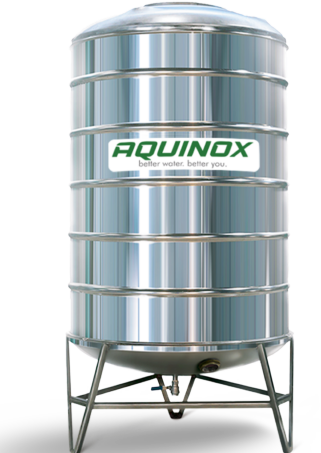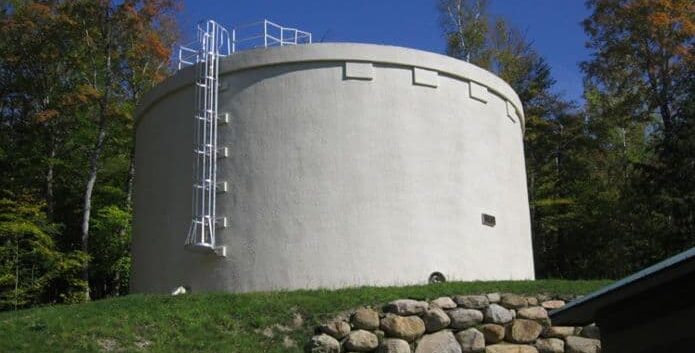
When selecting a water tank, choosing the right material is crucial not only for functionality but also for cost-effectiveness. Stainless steel is a popular choice due to its durability and aesthetic appeal, but it is essential to compare its cost against other materials such as plastic, fiberglass, and concrete to determine the best option for your needs. This article examines the cost differences and long-term savings associated with stainless steel water tanks compared to alternative materials.
Initial Costs
Stainless Steel Water Tanks
Material Cost: Stainless steel tanks are typically more expensive than tanks made from other materials. The price is influenced by factors such as the grade of stainless steel, thickness, and manufacturing processes. On average, stainless steel tanks can cost 2 to 3 times more than plastic or fiberglass tanks.
Installation: The installation of stainless steel water tanks may involve higher costs due to their weight and the need for specialized equipment. Professional installation is often required, which adds to the overall expense.
Plastic Water Tanks
Material Cost: Plastic water tanks are generally the most affordable option. Made from materials like polyethylene or polypropylene, these tanks are less expensive to produce and purchase. The initial cost is usually lower than that of stainless steel tanks.
Installation: Plastic tanks are lighter and easier to handle, which can reduce installation costs. They often require fewer specialized tools and less labor compared to stainless steel tanks.
Concrete Water Tanks
Material Cost: Concrete tanks are typically one of the more expensive options due to the cost of materials and the need for substantial structural support. The initial cost is generally higher than that of plastic or fiberglass tanks and can be comparable to or exceed the cost of stainless steel tanks.
Installation: Concrete tanks require extensive site preparation, formwork, and curing time, which can significantly increase installation costs. The installation process is labor-intensive and time-consuming.

Long-Term Savings
Stainless Steel Water Tanks
Durability: Stainless steel tanks are highly durable and resistant to rust, corrosion, and extreme temperatures. This durability translates to a longer lifespan, often exceeding 20 to 30 years with minimal maintenance.
Maintenance: They require less maintenance compared to plastic or concrete tanks. Regular inspections and minor cleaning are usually sufficient to keep them in good condition.
Total Cost of Ownership: Despite the higher initial cost, the long-term savings from reduced maintenance and longer lifespan often make stainless steel tanks a cost-effective choice over time.
Plastic Water Tanks
Durability: Plastic tanks are prone to UV degradation and can become brittle over time, especially when exposed to sunlight. They typically have a shorter lifespan compared to stainless steel tanks, often requiring replacement every 10 to 15 years.
Maintenance: Plastic tanks may require more frequent maintenance to address issues such as algae growth and minor cracks.
Total Cost of Ownership: While the initial cost of plastic tank is lower, the need for replacement and potential maintenance costs can diminish the overall savings.
Concrete Water Tanks
Durability: Concrete tanks are extremely durable and can last several decades with proper maintenance. However, they are susceptible to issues such as cracking and water leakage if not properly maintained.
Maintenance: Concrete tanks require regular inspections and maintenance to prevent problems such as structural damage and leakage. Sealing and repair work can be costly.
Total Cost of Ownership: Concrete tanks price is high at initial and maintenance requirements, which can lead to higher long-term expenses compared to stainless steel.
Conclusion
Choosing the right water tank material involves considering both initial costs and long-term savings. Stainless steel tanks, while more expensive upfront, offer significant benefits in terms of durability and reduced maintenance, leading to greater long-term savings. Plastic and fiberglass tanks provide more affordable initial options but may incur higher costs over time due to their shorter lifespans. Concrete tanks, though durable, come with high installation and maintenance costs.
Evaluating your specific needs, budget, and long-term plans will help you make an informed decision. For those seeking a balance of durability, low maintenance, and longevity, stainless steel water tanks are often a superior choice despite their higher initial expense.


